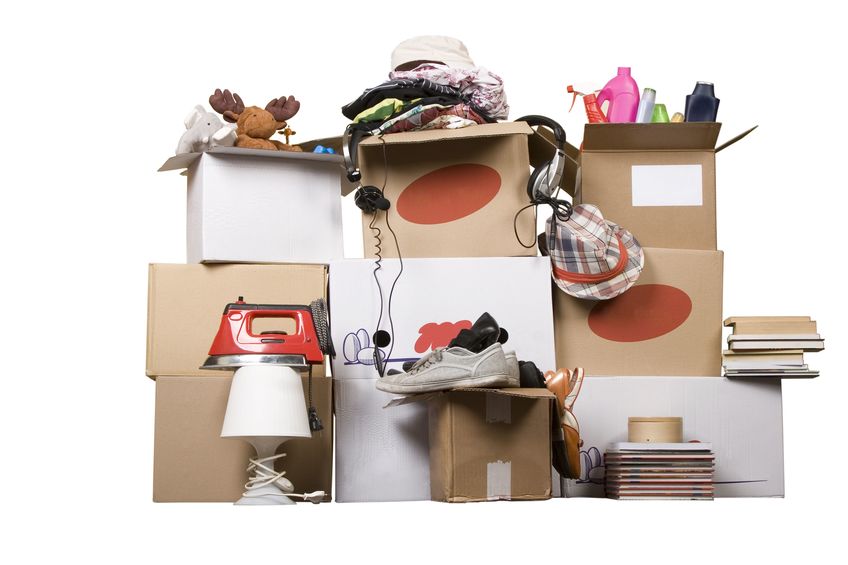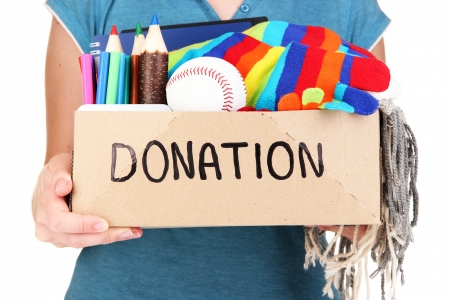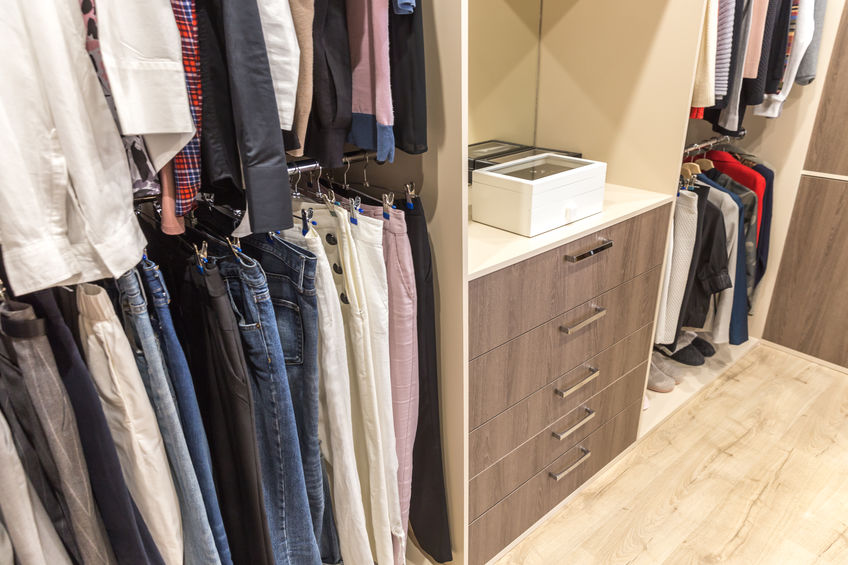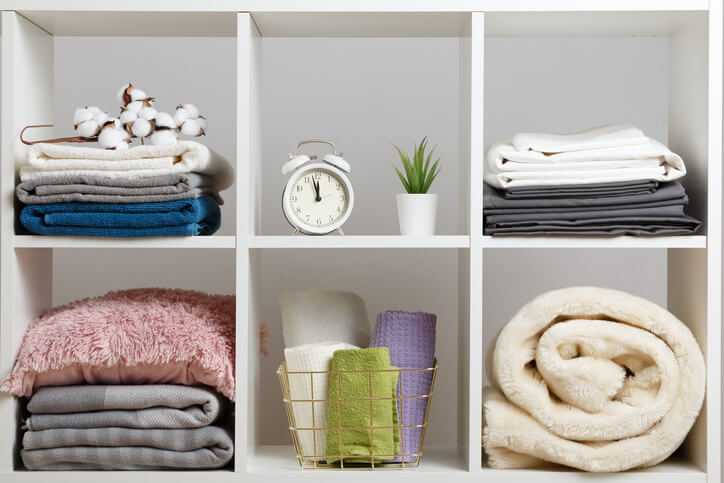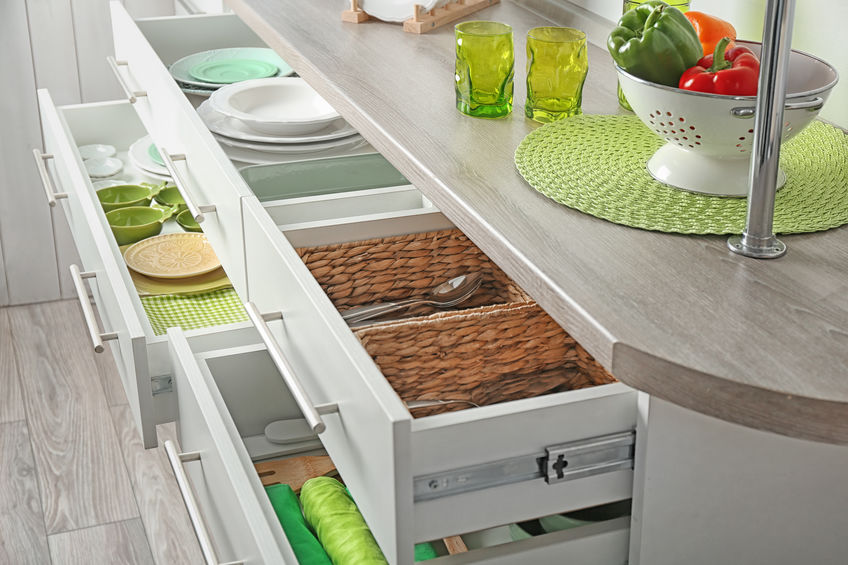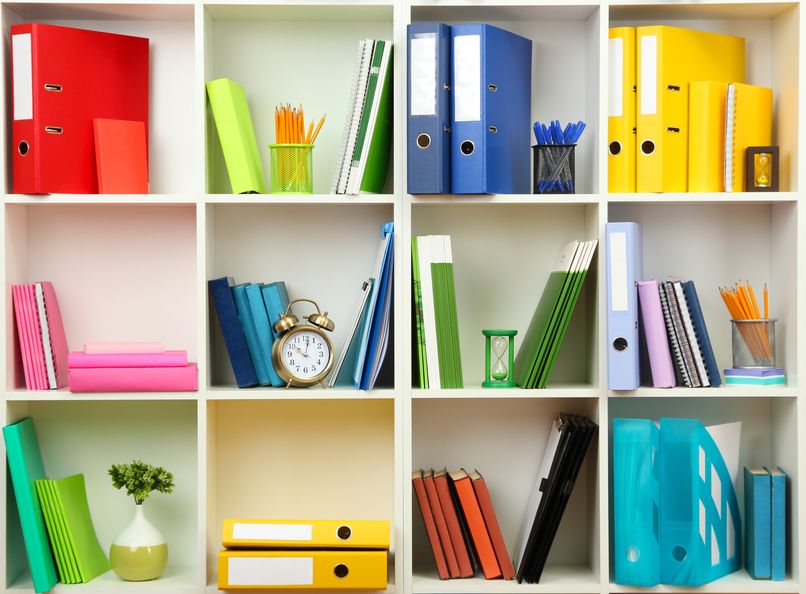Tips For Home Organizing
Tips for home organizing. But before you can organize anything, you'll need to lighten up a bit on your belongings. After all, the leading cause of disorganization is too much stuff.
You know what's coming: You need to go through your stuff and toss what you don't use, don't need, or don't want. And so will your kids.
This is not a Saturday morning project. Don't plan on purging the house of a year's or a decade's worth of clutter in a morning.
Allot a half-day per room and follow these tips for home organizing. You'll be amazed at what a difference a day makes.
Lighten Up on Your Belongings
Many of us have stuff we never use and don't need. We even have things we don't like. And so do our kids. Don't be a pack rat. And don't teach your kids to be rodent-like, either.
If you don't use it, get rid of it. And help your kids do the same. Here's what you do: Pick a day. Pick a room. Pile everything from the room in the middle of the floor. (Really. Try it. Trust me.)
Look at each item individually and critically, just as you would in a store. Is this something you would buy? Would you be happy with this if someone gave it to you?
If either answer is no, well, it needs to go.
You may be feeling overwhelmed right now. (And perhaps trapped by all the stuff in the middle of the room.) When you've got so much stuff, knowing where to begin is hard! Relax; these tips for home organizing can help.
Slowly but surely, go through everything in your home, piece by piece, broken or frayed. If you decide to keep an item, great! Now, put it away in its logical, convenient, accessible, and labeled place.
If you don't need it, you have a few options: throw it away, sell it or give it away, hold on to it, or store it. Gather four boxes or trash bags, one for each option. And start sorting stuff into them.
Tips for Home Organizing - Throw It Away
Yuck. You hate it. It's no good to anyone. How did it get here? These tips for home organizing are good rules to live by.
If you have yet to use it, played with it, or worn it in six months, if it's missing many of the essential pieces, or if it's broken, it goes.
Once you have a pile of throw-aways, grab the kids and go through the to-be-trashed stash, separating plastic, paper, glass, cardboard - whatever is recycled in your community.
Then, take each pile to its final resting place (at least as far as your family is concerned.)
Sell It or Give It Away Tips for Home Organizing
Yuck. You hate it, but somebody might like it. Decide whether you're the garage sale type.
If so, carefully pack up all the items you'd like to include in a future sale in plastic bins (transparent ones are better for remembering what's there), boxes, or bags that you will, of course, label "Garage Sale."
If you prefer to donate the items, neatly fold or place them in bags or boxes, label them, and call the recipient to arrange pickup or drop-off.
In the meantime, stash them in your garage or basement.
Hold on to It
Hmmm. You forgot you had it. Everyone else did, too. You want it, but you haven't used it in 10 years. Oh well, put it away for another year and think about it again.These tips for home organizing will help keep it from getting lost again.
To increase your chances of using it this time, find a more convenient place for it. Take the time to figure out where each item should go and put it there.You may move things a couple of times until you find a space that's the right size for these items.
In the bedroom, for example, assign one drawer to stationery items or part of the closet shelf to games. Then, move the games under the bed, where the kids can reach them more easily. It's trial and error.
But take your time. The better you organize things, the easier it will be to stay organized. It took you a long time to get this messy, so don't expect to clean up your family's act in one weekend.
These tips for home organizing can help with these items (and for those you want to store in long-term storage).
Storage Tips For Home Organizing
What goes in what closet? Tips for Home Organizing
If you're blessed with an abundance with of closets, they're ideal storage sites for things that you use a lot but need neatly tucked away. Here's how I allocate my closets:
Parents': seasonal clothing or shoes, sweaters, sweatsuits, gift-wrapping supplies, photos, and scrapbooks
Child's: board games, dress-up clothes, school projects, and papers
Guest room: Sewing supplies, craft supplies, assorted baskets, off-season clothes, formal clothes, and those extra gifts you buy throughout the year
Study: Old tax receipts, canceled checks, and files
Utility: Vacuum cleaner, tools, light bulbs, and batteries
You don't use it now, nor do the kids, but maybe you could. It would be too expensive to replace, or it has sentimental value. For things you don't use but can't part with, these tips for home organizing can help.
Few of us are blessed with an overabundance of storage, so we must develop a system that maximizes what we have. And if that system is to work, the whole family has to be in on it. This will help everyone down the road.
For example, next winter, your husband will be able to find the Christmas lights, and your son will be able to grab his snowboard at the first sign of the first flake of the season's first snow.
The problem with storage is that it's much harder to keep track of once you store something.
You need a written plan to keep from forgetting what you stored where. And you need to tell the rest of the family where you put that written plan.
You'll need to realize, as I have, that garages and basements are not designed to be the repositories of a lifetime's accumulations.
You need to keep stuff there that you intend to use at some time. Sell, give away, or toss the rest. Trust me, even though you think you'll use that fold-up table or those unmatched glasses in your second home someday, you won't. By then, you'll be able to afford new, stylish stuff.
- Clean Home
- Home Organizing
- Tips for Home Organizing
